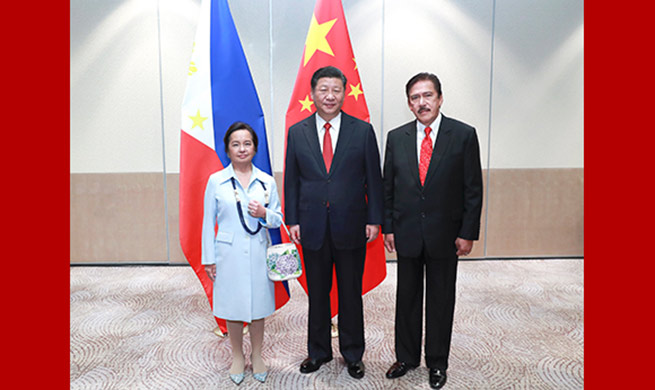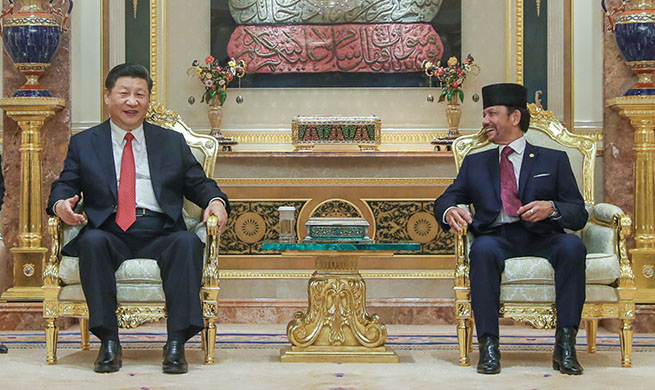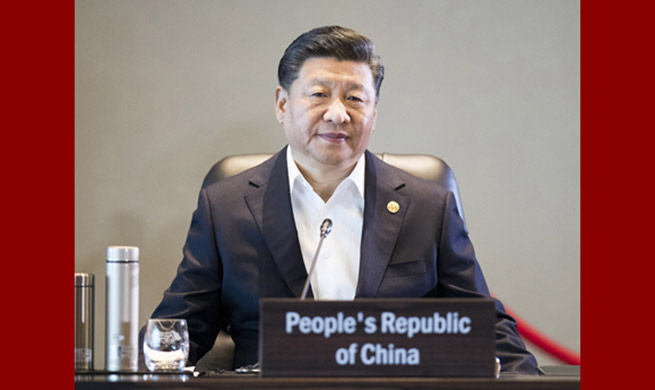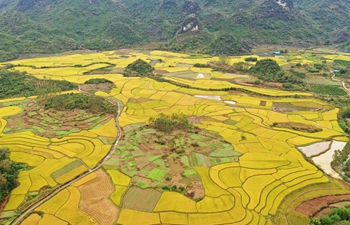GABORONE, Nov. 21 (Xinhua) -- At least 30, 000 people in Botswana have been left vulnerable to the impacts of climate change-induced drought that affected the southern African country between 2014 and 2017, a senior government official said Wednesday.
Thato Raphaka, the permanent secretary in Botswana's Environment, Natural Resources Conservation and Tourism Ministry made this revelation in his speech at the high-level national breakfast meeting in Gaborone, Botswana's capital city.
The meeting was held in preparation of the 24th Conference of the Parties (COP24) to the United Nations Framework Convention on Climate Change scheduled for Katowice, Poland early next month to finalize the rules of the implementation of Paris Agreement on climate change.
"An estimated 500,000 livestock deaths and over 30,000 people were left vulnerable to the impacts of the drought between 2014 and 2017. The droughts are closely related to the ongoing climate change in the country," said Raphaka.
In the last decade, available reports have suggested that climate change has led to about 2.5 trillion U.S. dollars in disaster losses in developing countries resulting in the number of people affected by natural disasters doubling from 102 million in 2015 to 204 million in 2017.
According to Raphaka, the number of food insecure population is at 27 million in the Southern African Development Community (SADC) region alone because the regional bloc suffered the worst drought in 35 years caused by the El Nino phenomenon.
"The devastating negative impacts of climate change continue to weigh heavily on the vulnerable communities," he said.
As such, Raphaka said strategic interventions targeted towards sustainable production and consumption to keep the planet at a safer level and help realize the Paris Agreement should be a matter of priority to all.
The long term goal of the Paris Agreement makes provisions for limiting global temperature increase to well below two degrees Celsius above pre-industrial levels this century while pursuing efforts to limit the increase to 1.5 degrees Celsius through transparent and ambitious emission reductions.













